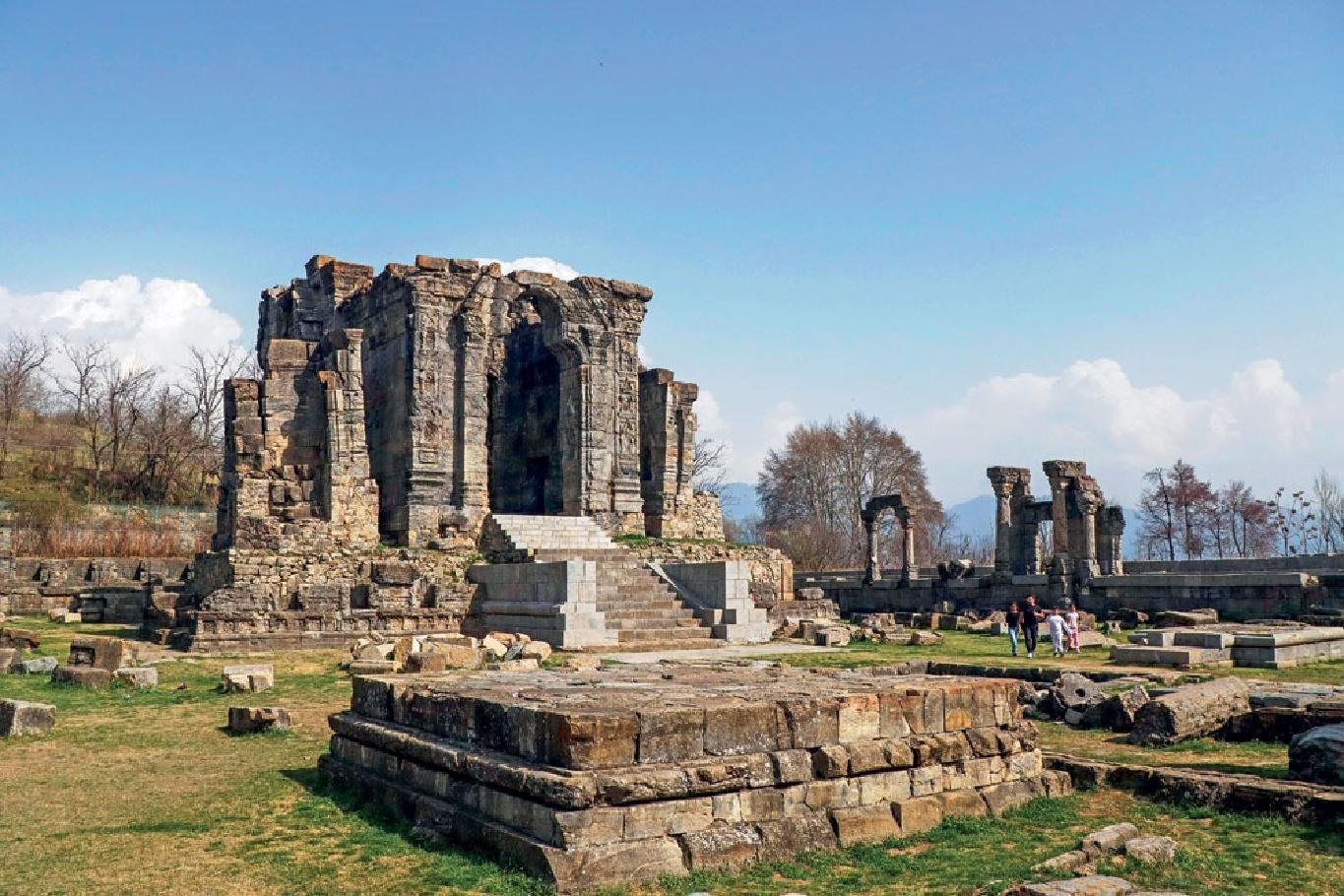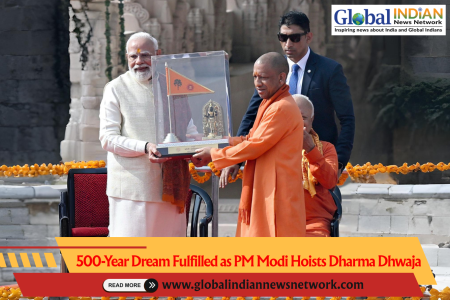
If religion vanished tonight, it would reappear at dawn, as the sun has inspired worship for centuries across civilizations. The Rig Veda, Sumerians, Egyptians, and later monotheisms all revered the sun in various forms. Sun worship has persisted globally due to its physiological and psychological impacts, from setting circadian rhythms to boosting mood.
In Hinduism, grand temples like Konark’s Sun Temple and Kashmir’s Martand Temple exemplify reverence for the sun. Despite its ruinous state, Martand remains a potent symbol. The debate over its restoration intersects history, theology, and politics, reflecting India’s diverse religious landscape.
Restoring ancient temples raises complex questions. While philosophical arguments support resuming worship, the political and communal implications are profound. Temples like Ayodhya’s Ram Temple symbolize identity and sovereignty, sparking contentious debates.
The Hindu temple, historically devoid of pulpit-like indoctrination, is evolving into a center for political mobilization. Projects like the Martand Temple’s restoration signify a resurgence of historical consciousness and communal identity, echoing broader societal shifts.
In modern India, temple restoration aligns with political agendas, leveraging history for legitimacy. The restoration of temples serves as a political statement, shaping narratives of dominance and heritage in the democratic landscape.













